MS Word
Type of resources
Topics
Keywords
Contact for the resource
Provided by
Years
Formats
Representation types
Update frequencies
-
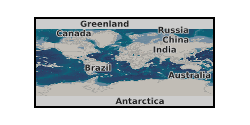
Neodymium (Nd) concentrations, Nd radiogenic isotopes (143Nd/144Nd) and Nd stable isotopes (d146/144Nd) for chondritic meteorites, terrestrial basalts and mantle rocks, and rock reference materials.
-
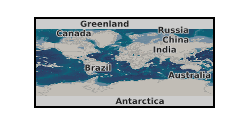
Pyrite samples from selected sedimentary organic-rich formations or associated igneous and metamorphic rocks were analysed by conventional S isotopic analysis. Pyrites were measured in order to provide insights into their origin. Light and variable S isotope compositions in pyrite have been used to infer the influence of sulphate-reducing bacteria (and subsequent Se precipitation by sulphate-reducing microbes), whereas heavier S isotope compositions indicate a non-biological origin (i.e. physical and chemical diagenesis).
-
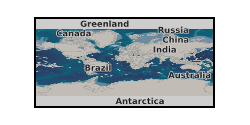
Organic carbon, total nitrogen, total reduced sulfur and carbonate-associated sulfur isotopes measured on decarbonated stromatolite samples from the Paranoa Group (1.1 Ga).
-
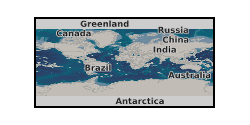
Organic carbon and bulk nitrogen isotope and abundance data and metal abundance data from the Mesoarchean VMS deposit and associated strata. Detailed information is given in Stueeken, E.E., Boocock, T.J., Robinson, A., Mikhail, S. and Johnson, B.W., 2021. Hydrothermal recycling of sedimentary ammonium into oceanic crust and the Archean ocean at 3.24 Ga. Geology, 49(7), pp.822-826.
-
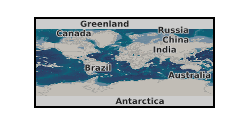
Organic carbon, bulk nitrogen isotope and bulk sulfur isotope and abundance data and metal abundance data from metapelites of the 3.7Ga Isua Supracrustal Belt. For more details, see Stüeken, E.E., Boocock, T., Szilas, K., Mikhail, S. and Gardiner, N.J., 2021. Reconstructing nitrogen sources to Earth’s earliest biosphere at 3.7 Ga. Frontiers in Earth Science, 9, p.675726.
-
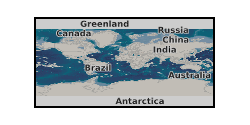
The study in three coal mining regions: Lower Silesia, Upper Silesia and Lublin (each N=500) was conducted using Computer Assisted Web Interview (CAWI). The questionnaire includes the block of questions concerning mine water awareness, climate change and local/place attachment. The survey online took 15 to 20 minutes and was prepared after in-depth pilot research among participants with different education level from the mining regions. We used the uninformed approach to the survey, so there were no additional questions nor requirements for participants prior to the survey. Since the mine water energy extraction is a technical issue that is neither well known nor commonly used in the narratives of Poles, we tested survey questions with pilot cognitive interviews to remove the technical language and reduce the number of replies without understanding. The interviews were conducted with 10 participants in July 2020 and due to the pilot's recommendations and results, we implemented additional changes in the final version of the questionnaire. Specifically, some questions were simplified and the background information on mine water extraction was simplified and shortened The survey CAWI was completed by adult people aged 18-65 (N=1500) between 14-19 August 2020 by Kantar Research Agency. The sample was constructed using KANTAR’s internet panel profiled for the basic demographics, such as gender, age, and the town size. Particular attention paid to the quality of the panel is reflected in its structure. Kantar’s internet panel reflects the profile of the Polish population of Internet users in terms of its participants’ demographic characteristics. The sample from each region was 500 respondents and among the full sample (N=1500) we reached only 192 people who chose to call “mining areas” as best description of the area where they live. Although the three voivodships were chosen due to its mining industry the selected sample covers the region in general in which mining communities are statically not fully represented. We also asked about the subjective perception of the area respondents live in, which we further analysed with spatial distribution. The dataset was created within SECURe project (Subsurface Evaluation of CCS and Unconventional Risks) - https://www.securegeoenergy.eu/. This project has received funding from the European Union’s Horizon 2020 research and innovation programme under grant agreement No 764531
-
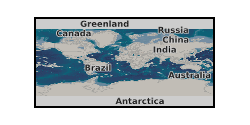
Organic carbon and bulk nitrogen isotope data for black shale samples from six different drill cores with varying distance from the major Zn ore body (HYC) in the McArthur basin. Data show trends with distance in d15N and C/N ratios. A more detailed interpretation is provided in Stüeken, E.E., Gregory, D.D., Mukherjee, I. and McGoldrick, P., 2021. Sedimentary exhalative venting of bioavailable nitrogen into the early ocean. Earth and Planetary Science Letters, 565, p.116963.
-
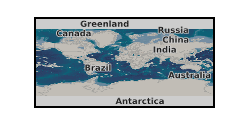
Organic carbon and nitrogen and bulk nitrogen isotope data and metal abundance data for siltstones and shales of the Mesoproterozoic Diabaig Formation. For a detailed description and interpretation, see Stüeken, E.E. and Prave, A.R., 2022. Diagenetic nutrient supplies to the Proterozoic biosphere archived in divergent nitrogen isotopic ratios between kerogen and silicate minerals. Geobiology.
-
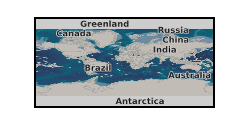
Dihedral angle data and bulk rock P2O5 concentrations for cumulates from the Skaergaard Intrusion of East Greenland. The data were used to constrain the thickness of the mushy layer at the point in the stratigraphic where apatite arrives as a liquidus phase. The work was published: Holness et al. (2017) Journal of Petrology, doi: 10.1093/petrology/egx040
-
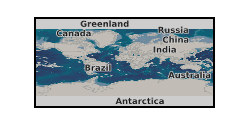
Data on the average aspect ratio (length/width) and average length of plagioclase grains in dykes and sills, used to demonstrate that the solidification regime is a function of the orientation of tabular intrusions. The data are written up, with publication expected in Journal of Petrology.
 NERC Data Catalogue Service
NERC Data Catalogue Service